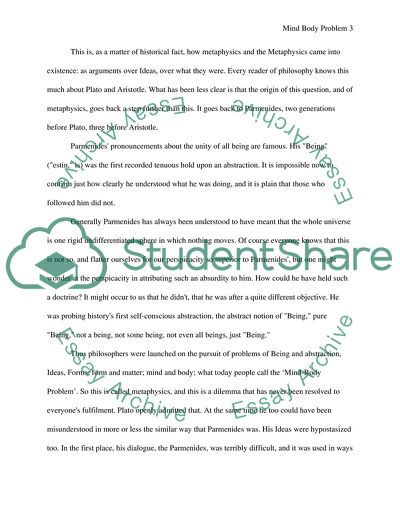Cite this document
(Analysis of Mind Body Problem Research Paper Example | Topics and Well Written Essays - 2500 words, n.d.)
Analysis of Mind Body Problem Research Paper Example | Topics and Well Written Essays - 2500 words. Retrieved from https://studentshare.org/philosophy/1723632-the-mind-body-problem-and-how-it-evolved-through-the-history-of-psychology
Analysis of Mind Body Problem Research Paper Example | Topics and Well Written Essays - 2500 words. Retrieved from https://studentshare.org/philosophy/1723632-the-mind-body-problem-and-how-it-evolved-through-the-history-of-psychology
(Analysis of Mind Body Problem Research Paper Example | Topics and Well Written Essays - 2500 Words)
Analysis of Mind Body Problem Research Paper Example | Topics and Well Written Essays - 2500 Words. https://studentshare.org/philosophy/1723632-the-mind-body-problem-and-how-it-evolved-through-the-history-of-psychology.
Analysis of Mind Body Problem Research Paper Example | Topics and Well Written Essays - 2500 Words. https://studentshare.org/philosophy/1723632-the-mind-body-problem-and-how-it-evolved-through-the-history-of-psychology.
“Analysis of Mind Body Problem Research Paper Example | Topics and Well Written Essays - 2500 Words”, n.d. https://studentshare.org/philosophy/1723632-the-mind-body-problem-and-how-it-evolved-through-the-history-of-psychology.


